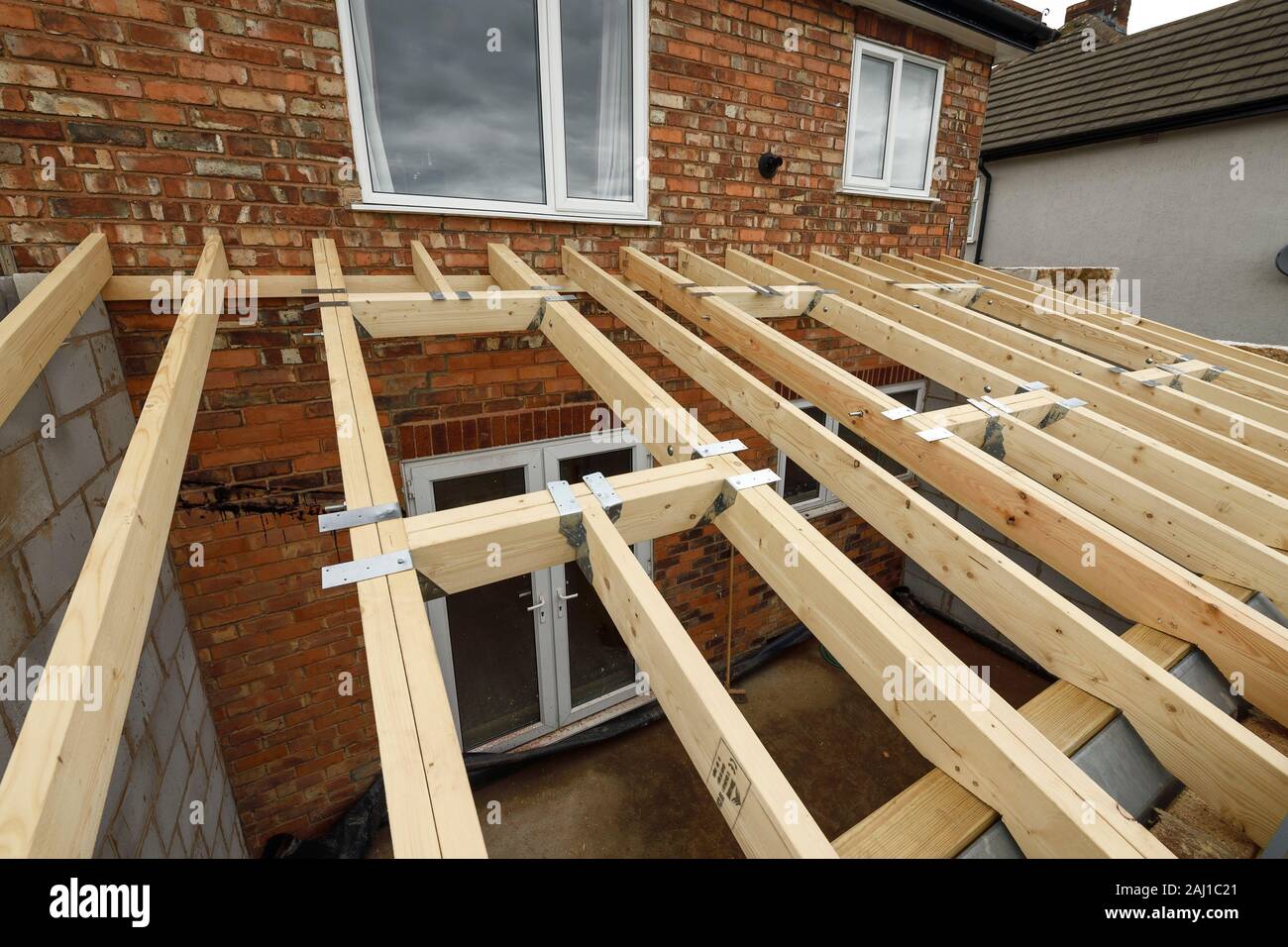The design industry is going through a remarkable modification, driven by innovative technologies, sustainable procedures, and an improving focus on safety plus efficiency. As we look toward 2024, numerous trends usually are emerging who promise to be able to reshape the way you method construction projects, from residential homes in order to large commercial undertakings. Whether you're a new homeowner planning a renovation or some sort of business looking to crack ground on a new facility, understanding these trends may be essential in making informed decisions.
In this post, we will check out the top developments that are shaping the particular future of construction, along with sensible insights on precisely how to choose the particular right building regarding your project. We are going to delve into environmentally friendly building practices that are becoming important in reducing ecological impact, the importance of protection protocols on construction sites, plus the transformative role of technology in streamlining procedures. By equipping your self with this information, you can navigate the complexities regarding construction with assurance and clarity.
Best Trends in Design for 2024
Even as we move into 2024, the development industry is ready for significant modification driven by fresh technologies and transforming consumer preferences. Probably the most prominent trends will be the increased emphasis upon sustainability. Construction organizations are adopting lasting building practices to reduce their environment impact, utilizing renewable materials, energy-efficient styles, and innovative waste materials management systems. This specific shift not only meets regulatory demands but also shows a growing consumer demand for eco-friendly dwelling spaces.
Another key pattern could be the integration associated with smart technology in to construction projects. Through smart home techniques to advanced developing management solutions, technology is reshaping exactly how structures operate. The particular use of typically the Internet of Issues (IoT) in building is enabling real-time monitoring of power consumption and maintenance requirements, enhancing overall effectiveness. As homeowners seem for more ease and functionality, structure companies that take hold of these advancements may have a competitive border in the market.
Eventually, the shift toward prefabricated and modular construction is gaining traction in 2024. This approach decreases waste, reduces structure time, and provides greater control more than quality. With all the rising costs of labor and materials, pre finishing presents a competent alternate that can result in significant cost personal savings. Since the construction surroundings evolves, companies of which leverage these approaches will be better outfitted to control projects efficiently and meet client timelines, all when maintaining high criteria of quality.
Selecting the Right Building Company
Selecting the proper construction company for your project can substantially impact the end result plus overall experience. Start off by defining the project’s requirements in addition to budget in detail. Research potential installers thoroughly, looking straight into their previous function, expertise, and consumer reviews. Roofers Barrow in Furness is beneficial to compile a summary of questions that cover up their experience together with similar projects. Make sure to question about their approach to project managing, communication, and problem-solving.
After you have a shortlist, take into account reaching out for interviews or consultations. This is an opportunity in order to assess their professionalism and reliability and compatibility along with your vision. Be aware of how they communicate and whether they provide clear in addition to concise answers. Additionally, verify their credentials, including licenses in addition to insurance, to make sure they will meet the legal and safety specifications required for the project.
Finally, don’t wait to request sources from past consumers. Speaking to these types of references can offer insights into the particular contractor's reliability, job quality, and devotedness to timelines. A new well-chosen building not necessarily only brings specialized skills but in addition fosters trust plus collaboration, making the building process softer and more pleasurable.
Sustainable Practices inside Construction

Sustainable building practices have emerged as a vital focus inside the construction industry, highlighting a growing dedication to environmental stewardship. Businesses are increasingly adopting green construction techniques that minimize waste, reduce energy intake, and utilize environmentally friendly materials. By implementing practices such because recycling construction dirt and using replenishable resources, construction firms can significantly reduce their ecological impact while also boosting their reputation among environmentally conscious consumers.
Developing energy-efficient designs in addition to technologies is one other crucial facet of lasting building. Features this sort of as high-performance insulation, energy-efficient HVAC techniques, and renewable vitality sources like photo voltaic panels contribute not only to reducing the carbon dioxide footprint of some sort of building but furthermore to lowering functional costs for homeowners. This approach lines up with the international push toward strength conservation and shows an industry trend toward smarter, more successful building practices that prioritize sustainability.
Finally, teaching clients regarding the positive aspects of sustainable building helps to showcase these practices in the market. If homeowners be familiar with extensive advantages—ranging from reduced utility bills to be able to increased property value—they are more likely to choose eco-friendly options for their own projects. Furthermore, embracing sustainability can furthermore provide construction organizations with a competing edge, aligning their particular services with the values of a brand new generation of ecologically responsible consumers.
